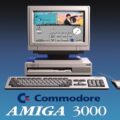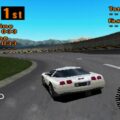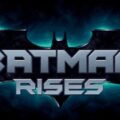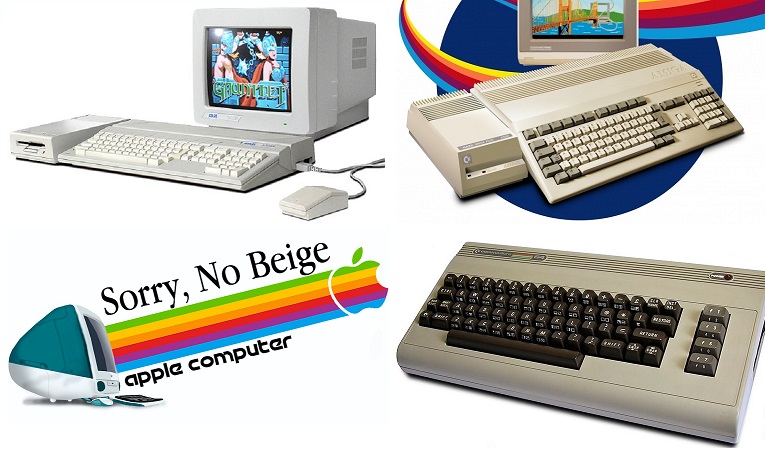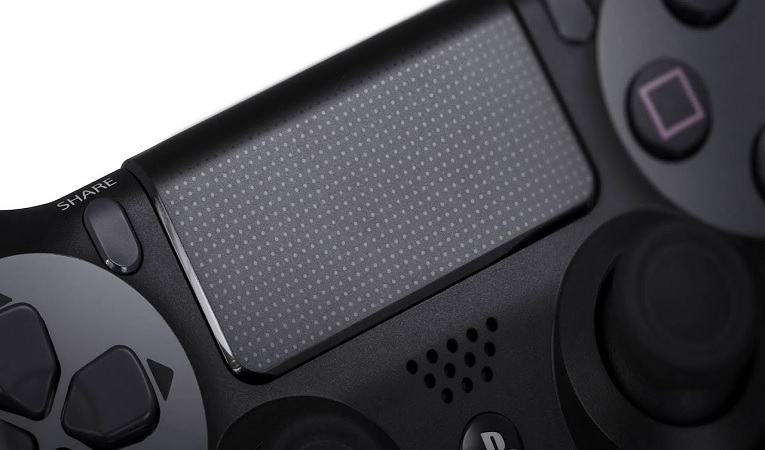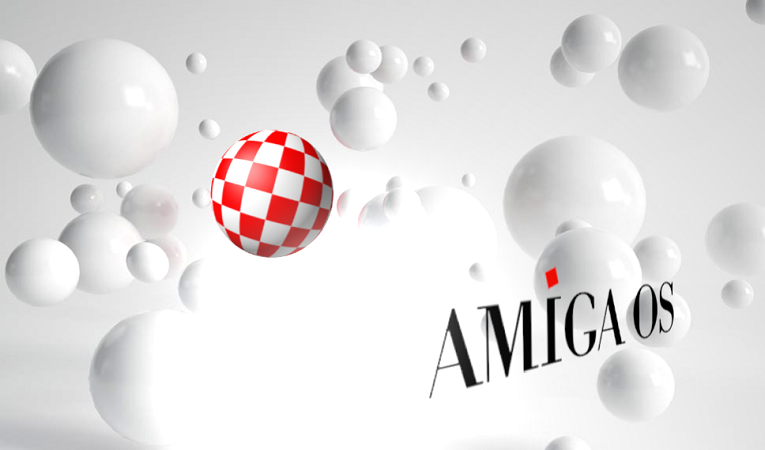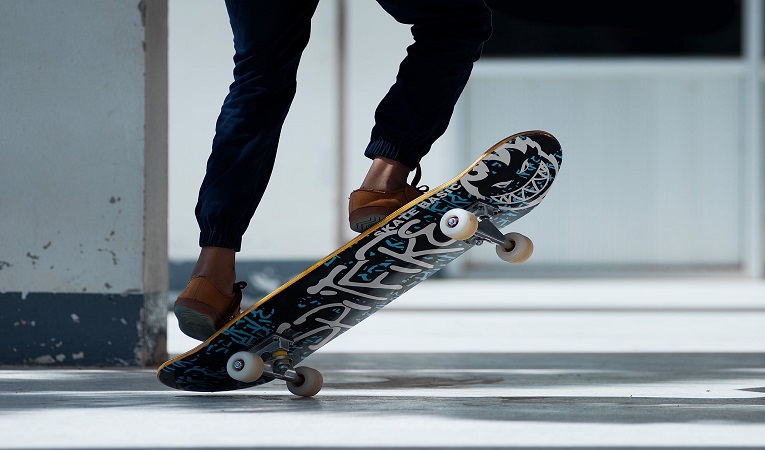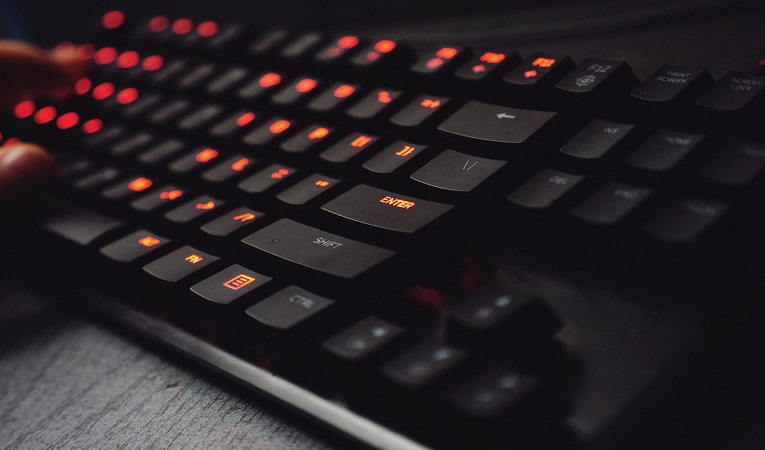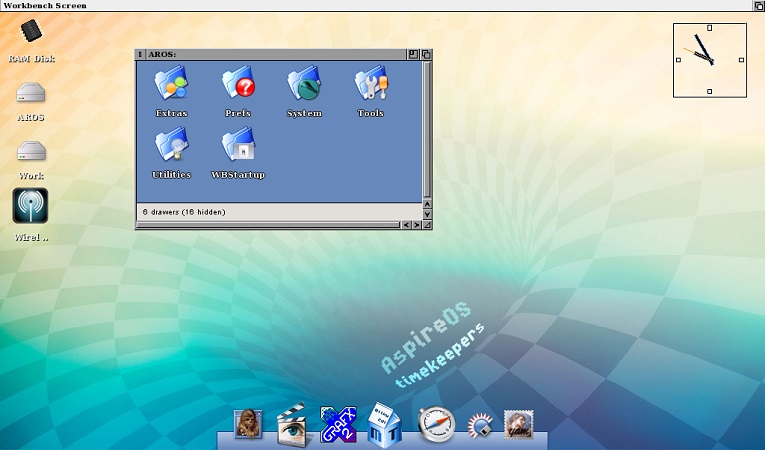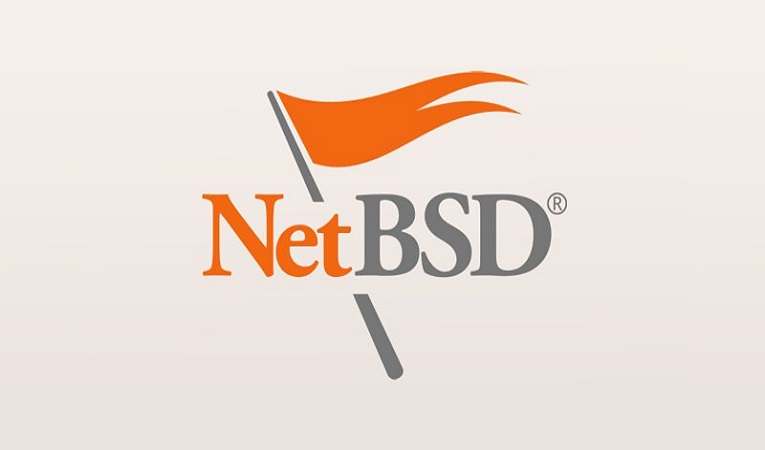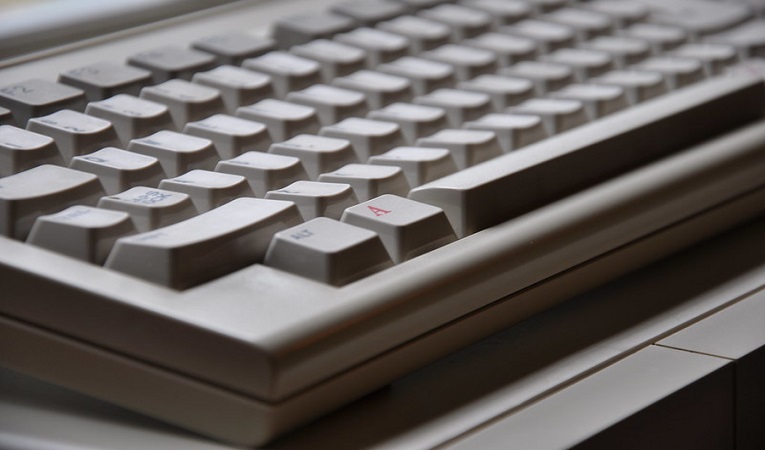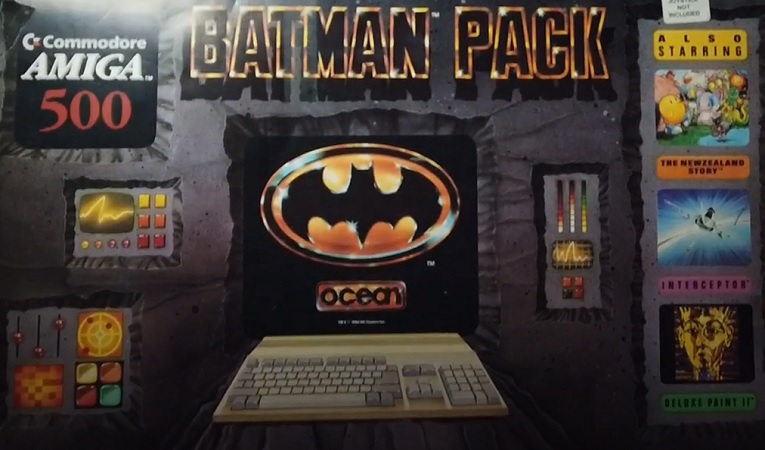
In 1989, Tim Burton created the very first Batman movie with great stars like Michael Keaton and Jack Nicholson. The Joker is definitely one of Hollywood’s best villains on screen. Jack Nicholson was born for the role, with his psychotic and sick look. Set in the fictional town of Gotham City, Batman tells the story of Bruce Wayne(Michael Keaton), who is a Billionaire by day,but,at night he is Batman,a masked avenger who stalks criminals and bad guys in the night gives them his own brand of justice. Now,Batman must face off against his biggest challenge yet,a psychotic criminal in clown make-up named The Joker(Jack Nicholson)who is terrorizing the city of Gotham. Now, Batman has to stop The Joker and save Gotham at any costs. In the meantime, the Commodore Amiga Home computer, with its powerful and versatile hardware features well-suited to many computing areas is still struggeling to increase sales. Two years after the release of the Commodore Amiga 500 in 1987 sales are rising but Commodore really needs a different approach for achieving bigger sales and this marketing miracle finally happend in 1989. The Amiga 500 Batman package one of the most impactful crossovers between the movies and home computers to this day is born! A man called David Pleasance eager to sell more Amiga computers has the ambition of assembling a software bundle, putting more value into the box when someone brought a computer. And he wanted a slice of the Batman hype. The new special Commodore Amiga bundle was heavily backed by a TV advertising campaign, highlighting the 3D visuals of Batman: The Movie and the other software in the bundle. This included the excellent arcade conversion of The New Zealand Story, the flight simulator F/A-18 Interceptor art package Deluxe Paint 2 and all of this for just £399 (£1,015 in 2020) The bundle is a big succes and sales are beyond Commodore’s and David Pleasance expectations.
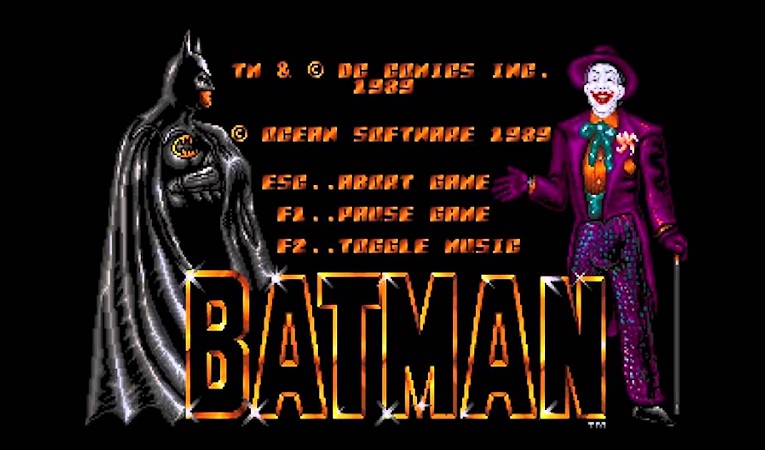
The fantastic thing about the game included in the Commodore Amiga bundle is that Batman really is an Amiga game and not just a conversion. Each section is colourfully designed and it’s obvious that someone has taken a lot of pride in getting the details just right. All the figures are well animated – watching our hero chuck out the batrope and climb it, is still visually satisfying several hours into playing the game. Similarly the gloomy, brooding streets of Gotham City are well portrayed in the driving and flying sequences. Sound comes courtesy of a neat little tune and the usual thuddy noises and sampled gunshots. The first section is set in the Axis Chemical Plant, and to secure victory the ol’ guano maker just use the batrope to work his way up and down the levels of the factory. Along the way Jack Napier’s henchmen must be disposed of – the most effective method being the batarang in the belly. Victory in the final confrontation on this level will result in Jack being dumped in a mixture of Ol’ Dugturd’s Original Pale Ale, Sellafield sludge and mineral water – an experience which will result in his becoming The Joker. In the next section Batman jumps in his trusty batmobile and makes good his escape from The Joker through the streets of Gotham, avoiding both police roadbocks and the smiling one’s minions Outrun style. Corners are negotiated by a timely chuck of the grapnel hook to twang round using lamp posts. The middle section will find you back in the batcave attempting to isolate three substances which have been impregnated with The Joker’s lethal smilex chemical. For the penultimate section it’s back to the mean streets of Gotham City, this time flying in the Batwing. Balloons have been filled with smilex gas (boo! by The Joker and you must fly the Batwing through the mooring ropes of the balloons, causing them to float harmlessly away. The big showdown with The Joker, set against the backdrop of the Gotham City Cathedral. Similar to the first section, this time crumbling floors and vicious rats must be avoided before an even more final confrontation with The Joker on the roof of the cathedral.
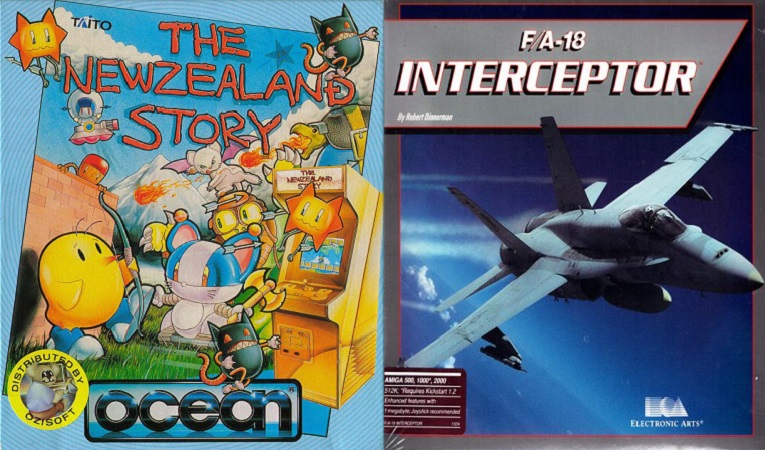
The other games included are New Zealand Story, probably included for reaching kinds and F/A-18 Interceptor one the best flight simulators ever released during the 80s. In The New Zealand Story you take control of the little yellow bird and make your way around the screens in an attempt to discover the other kiwis, imprisoned in cages. There are five stages and four maps to each stage, turning the game into an equivalent of twenty levels of mouth-foaming action. The New Zealand Story is set in a national park where there is land, sea and air and the kiwi has to contend with all three environments. Thus odd sections require you to take him underwater. He is equipped with goggles and a very small supply of air to make it through to the other side. An oxygen meter shows you how much time is left. Making your way around the platforms can be a tedious business so you can take to the air by shooting characters who float down from windows on teddy heads or balloons. Grab one and you move around feely. It is not a passport to completing the level though, because there are prickles and thorns everywhere not to mention all manner of creatures bent on popping your inflatable and ending your little furry life. The other game included in the bundle was Interceptor and it raised a few eyebrows and dropped a few chins way back in 1988 when it first appeared. It was the first flight sim to use exterior views and fast filled-vector graphics. It was also special because it was centred in this world – in the San Francisco district to be exact – as opposed to the common-place imaginary battle-field. Once you have familiarised yourself with the F-18’s controls, which should not take long, you can take her up for a spin. During training you can practice the manoeuvres that you will need during combat, like rolls, break turns, inverted flight and the split-s. All you have to do then is manage a take-off and landing from the aircraft carrier to qualify for the combat missions. This should not prove too difficult but hostiles will appear and make life difficult if you take too long. The combat action is fantastic. You will have to work hard to out-fly a hostile MiG that has several missiles with your name on them. The satisfaction of triumphing in a dogfight against a wily opponent is immense. It is a stunningly absorbing game that is impossible to put down once you have taken up the challenge.
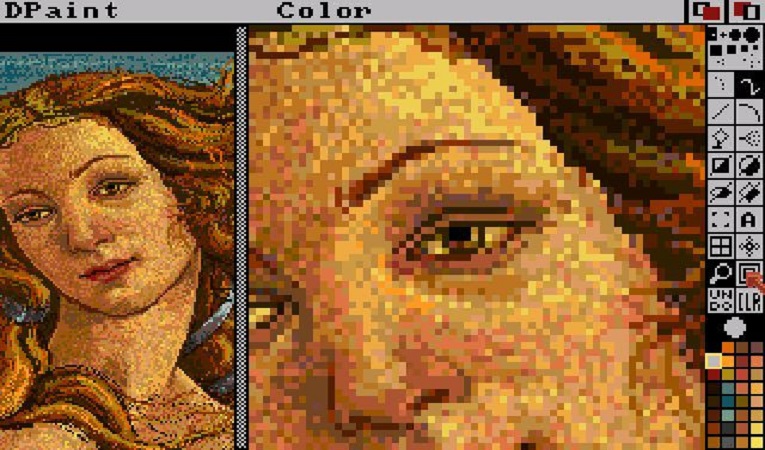
Altough the Commodore Amiga 500 was used by many for playing the greatest games of the 80s, the Amiga offered so much more then just gaming. The Commodore Amiga 500 Batman bundle also included Deluxe Paint 2 and this sparked a sensation amongst many new users for using the Amiga more professional. Among Amiga paint programs, Deluxe-Paint remains the standard by which the others are judged. It’s the essential tool in the Amiga artist’s palette; indeed, many Amiga owners bought their machines just to run DeluxePaint. With many features, such as the polygon tools, airbrush and text tool are just a few of them. Brush-tool options let you pick up part of your picture and draw or earse with it, warp, resize, rotate, outline or recolor it; or wrap it on any polygon. Pull-down menus control file handling and screen format: custom brush options like flip, rotate, and bend: and effects such as smear, blend, and smooth. Special features include perspective, a complex, keyboard-driven system for tilting any brush or screen to create the illusion of spatial depth, and stenciling, for masking selected colors or areas so they can’t be painted over. Using DeluxePaint ‘s animation tools, you can create moving demonstrations, presentations, and simulations.
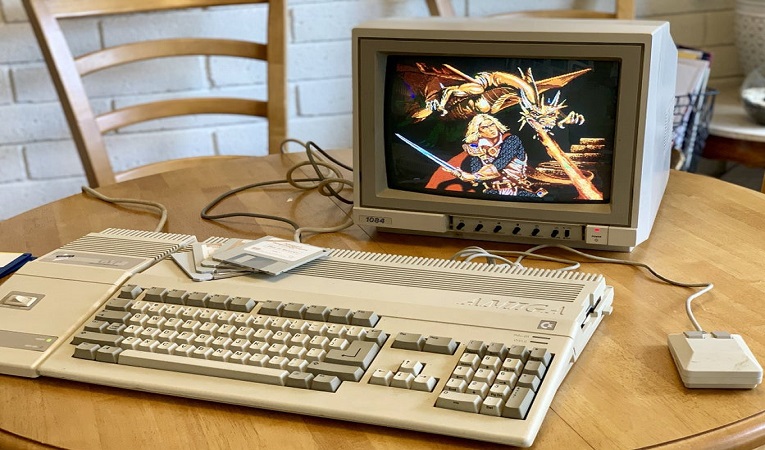
Commodore announced the Amiga 500 at the January 1987 winter Consumer Electronics Show – at the same time as the high-end Amiga 2000. It was initially available in the Netherlands in April 1987, then the rest of Europe in May. It competed directly against models in the Atari ST line but had no problems in competing with Apple computers when it was released. Macs had a grayscale display, Amiga had the ability to display 4096 colors and use multiple resolutions simultaneously and it’s hardware architecture was also based on a Motorola 68000 processor powerd by dedicated coprocessors for video and audio, first in the industry. It was without doubt the most powerful personal multimedia computer of the 80s. And all of this computing power for just £399 including a free software blundle worth over £150, Pleasance was quoted in the press at the time saying “we don’t sell computers – we sell dreams”, and the variety in the Batman pack certainly helped sell the Amiga dream.
news source: various sources / image source: A500 / Watch Amiga 500 Batman TV AD

